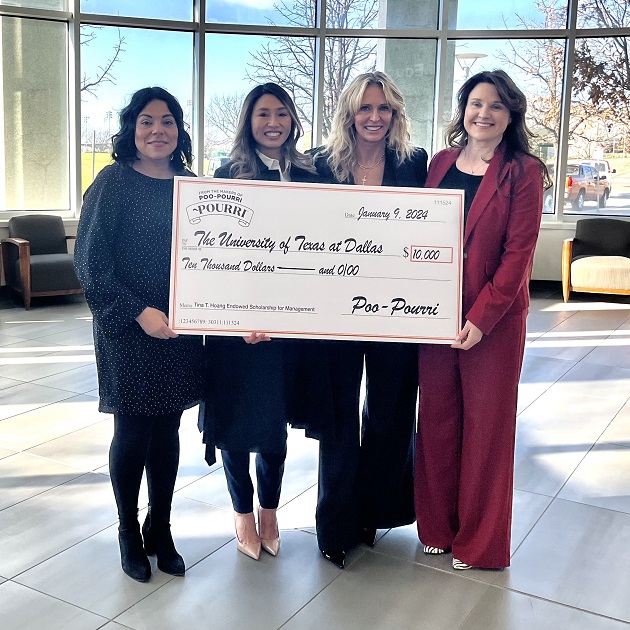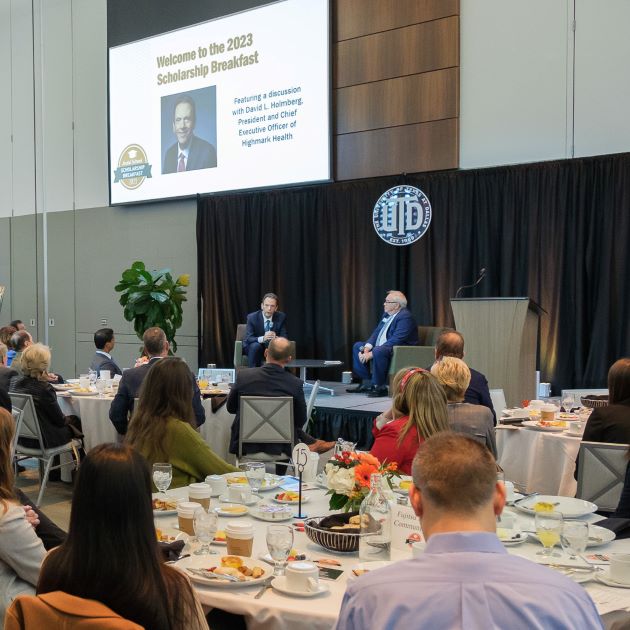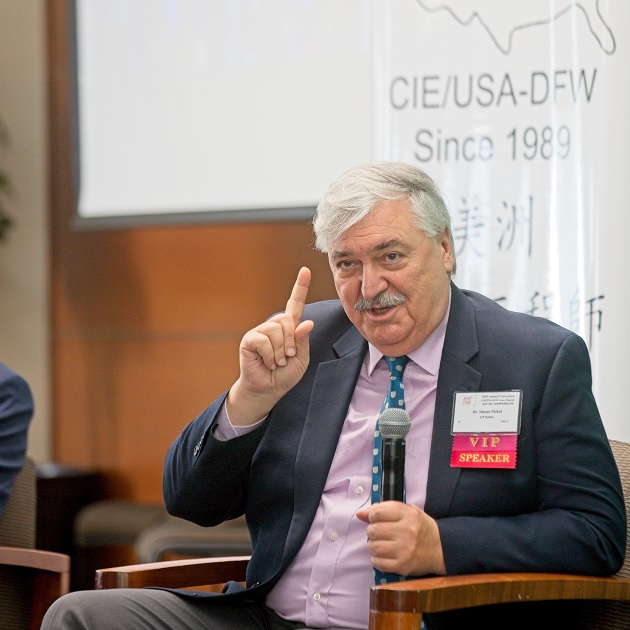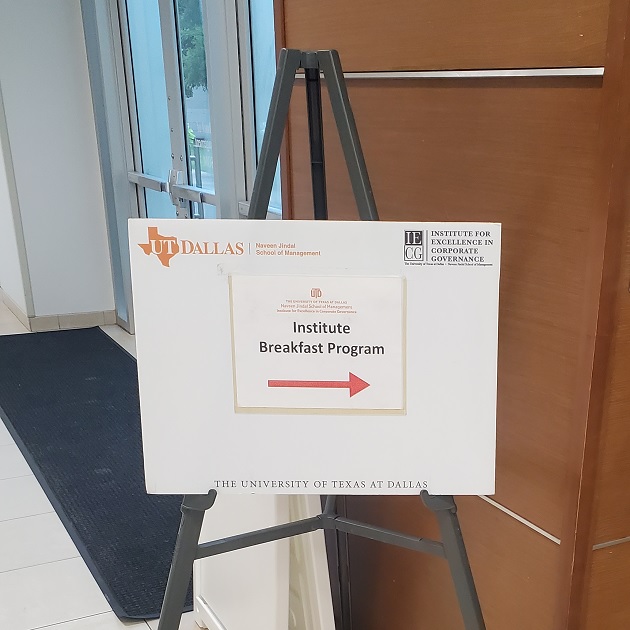Technology Will Fundamentally Change Many Aspects of Society, Says Speaker at UT Dallas
In the not-so-distant future, autonomous vehicles will dominate the roads and drastically reduce traffic accidents, injuries and deaths. Not only that, but they will improve mobility, reorder the real-estate landscape, reduce traffic (and commute times) by virtually eliminating private-car ownership — and disrupt the U.S. economy to the tune of $4 trillion.
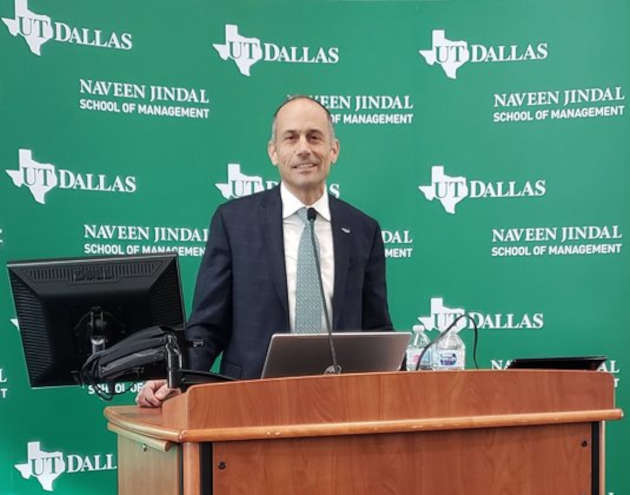
So said Mois Navon, a founding member of the engineering team at Mobileye. An Intel company, it builds a computer chip that powers many of these self-driving cars. Navon delivered his talk — “The Autonomous Vehicle Revolution Is Here!” — at the Naveen Jindal School of Management on Feb. 24. The Institute for Innovation and Entrepreneurship and Tech Titans co-presented the event, which was sponsored by Palomino Capital.
The First Great Disruption
The first “great disruption” that will result from the implementation of autonomous vehicles is the saving of lives, Navon said.
“The World Health Organization puts the number at 3,400,” he said. “Thirty-four hundred people die on the roads every day in the world.”
As for traffic accidents that cause injuries, Navon said that between 54,000 and 136,000 people are affected every day. The goal of a United Nations task force called Vision Zero, he said, is to reduce those numbers to zero.
“Cars driven by computers will do far less damage than people driving these cars,” Navon said.
These reductions in accidents, injuries and deaths will have a profound effect on what Navon called the “crash economy.” The insurance industry, he said, is facing a $240 billion disruption with the switch to driverless cars. Car parts, a $1 trillion per year industry, will also be affected.
“That industry is going to take a humongous hit if cars aren’t crashing into each other,” he said.
Other Transformations
The autonomous vehicle revolution will transform the legal system because the number of civil trials related to car accidents will be drastically reduced. In addition, the need for driver’s licenses and training will be virtually eliminated.
Automotive, airline, fast-food and real estate industries — even city landscapes — will face dramatic changes since the need for vehicles will be reduced in cities by 85 percent, Navon said.
The cost of driving a vehicle will be reduced from an average of $1.50 a mile to 20 cents a mile. Because Americans drive 3 trillion miles a year, that adds up to a huge economic disruption. Finally, supply chains will be disrupted for the better by removing the inefficiencies related to humans having to drive the vehicles that transport goods.
“$4 trillion are about to go up in smoke, basically, meaning it’s not going to come out of our pockets anymore,” he said.
Mitigating the Negatives
The negatives of this revolution could include job losses, Navon said. These can be mitigated, he continued, if companies adapt and workers can be retrained to do other jobs. Organ donations will take a hit since 20 percent come from traffic fatalities. Technologies such as 3D-printed organs could make up for those losses, he said.
Navon provided estimates from various sources that explained when the autonomous-vehicle revolution will take place. They ranged from 2025 to 2055.
“A lot of people ask me; they say, ‘Yeah, but, you know, I like to drive, I want to drive,’ ” Navon said. “I tell them there’s going to be go-kart tracks for adults. You’ll rent a Lamborghini and drive it around a track, and you can have a nice time. But governments are not going to allow you to kill people any more. No matter how much fun you’re having, it’s just too dangerous.”

Paul Nichols, executive director of the institute, said events such as this one provide UT Dallas students with great examples of how to approach entrepreneurship in relation to technological disruption.
“This is where the real value is, for today and for the next 10 to 20 years,” Nichols said. “The key is in the combination of multiple technologies. The fusion of software, hardware, communications, sensing, processing and human factors and interaction. It’s a system-level approach of how you bring all these different technologies and elements together.”
Nichols said UT Dallas is a good arena to train for that system-level approach.
“It’s something that we do very well because we have our students — especially through the institute — engineering, business, science, design students— collaborating, working together, doing things together, exactly what they need to be doing in industry,” he said.

